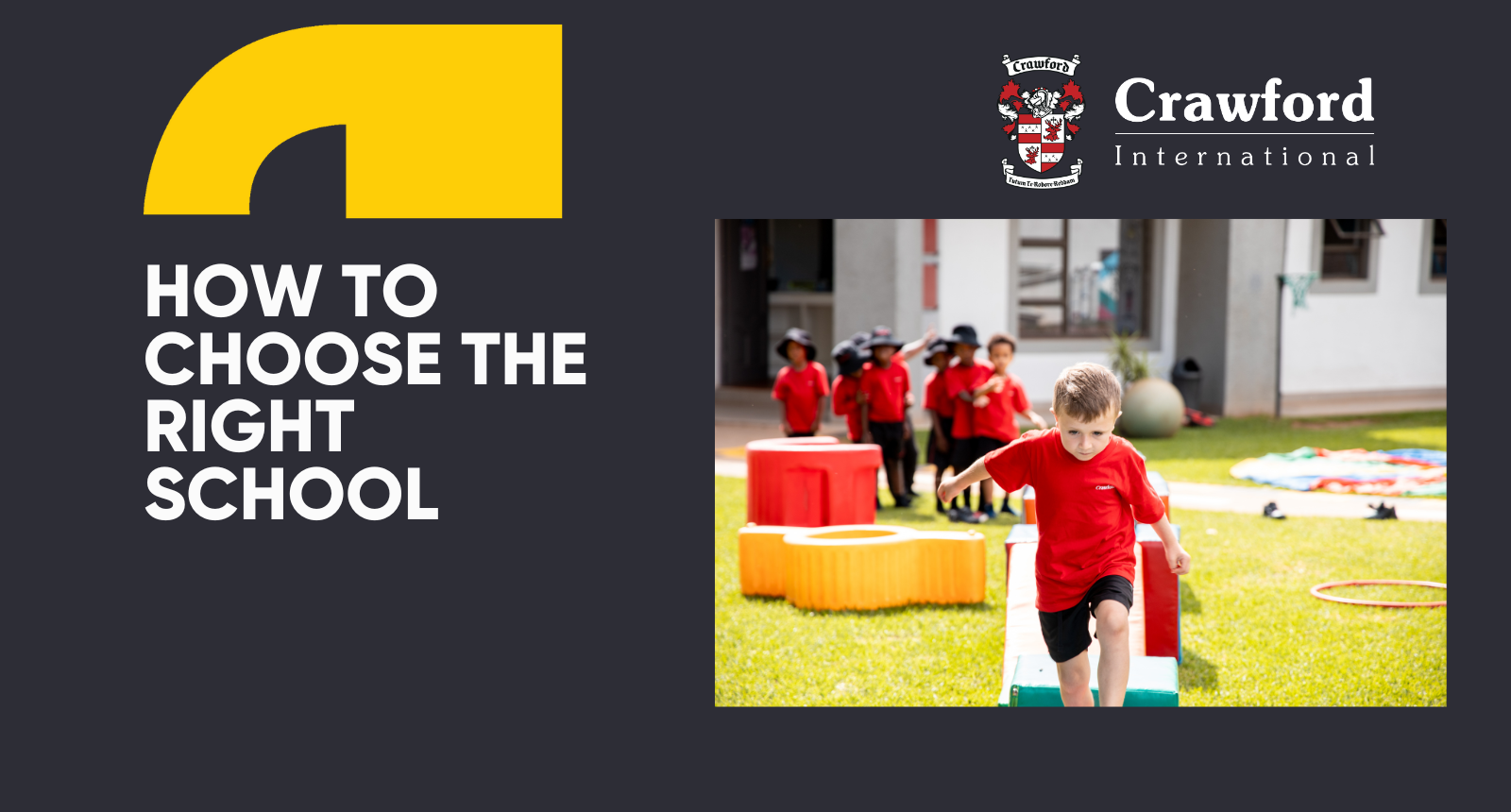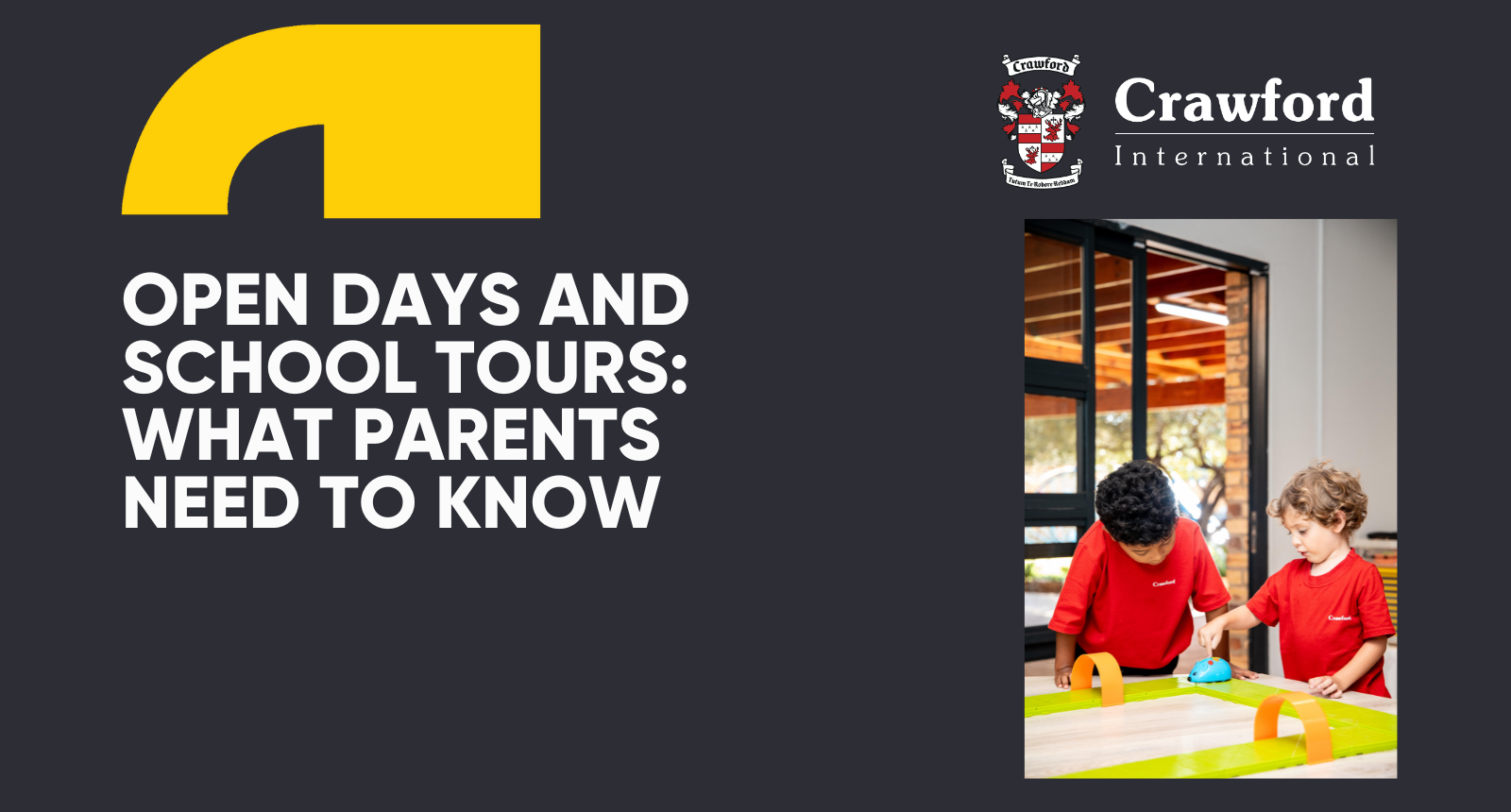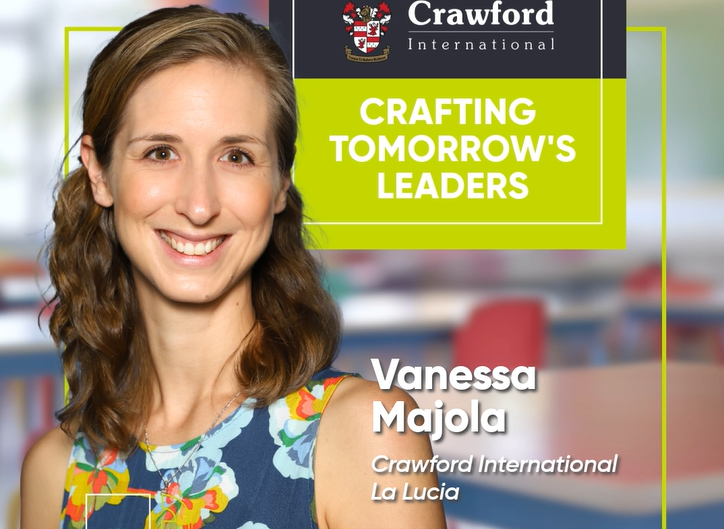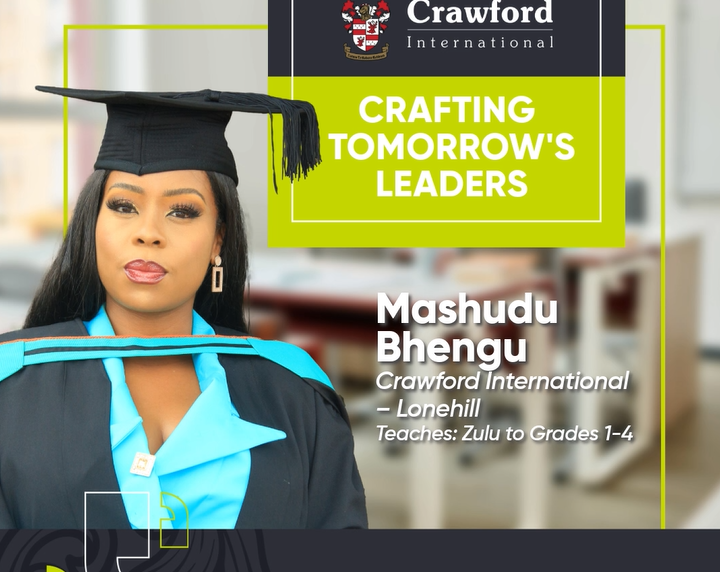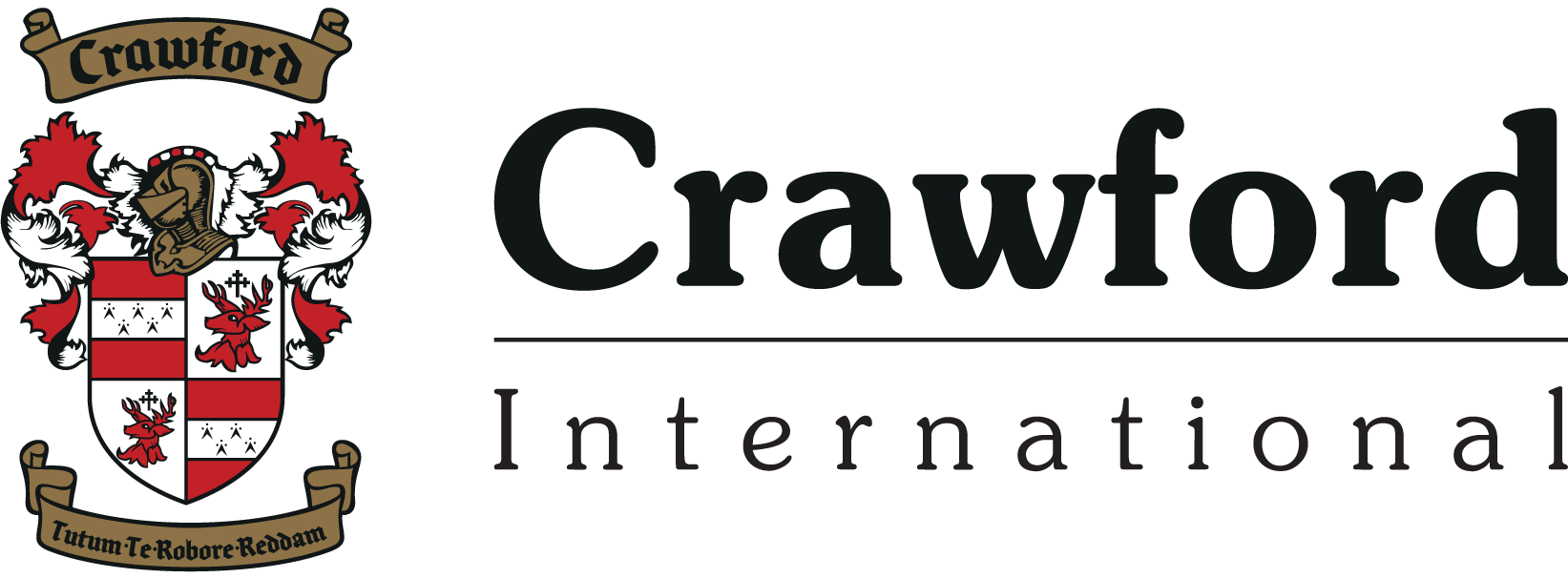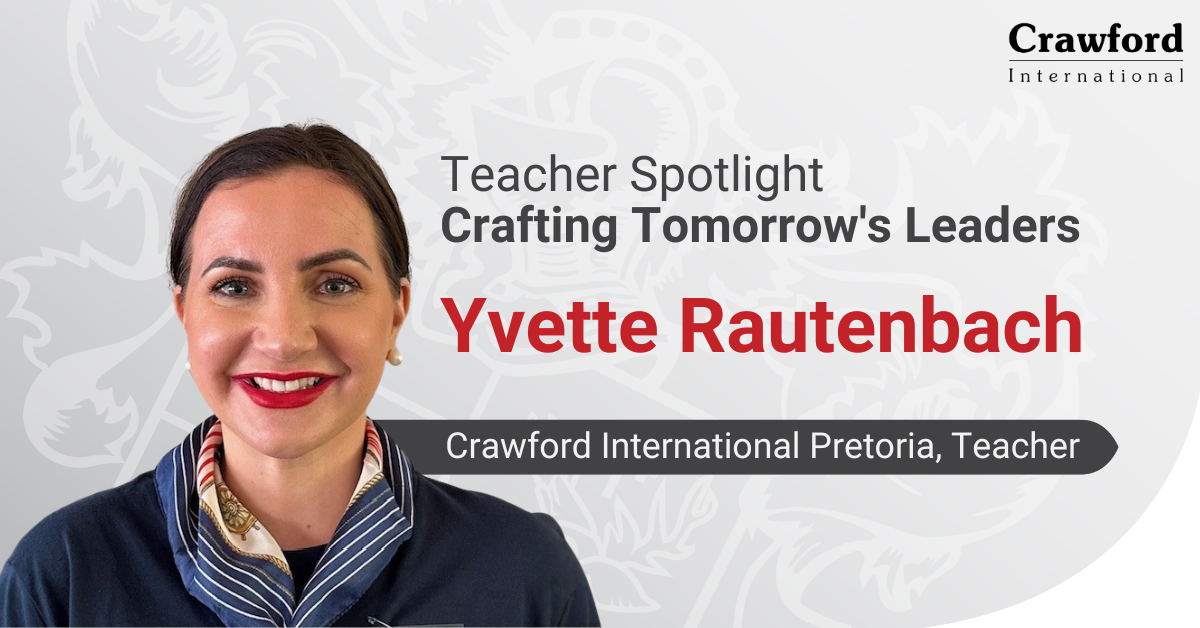Family meetings - What you need to know
March 3, 2023
Contrary to what your teenager may think, family meetings aren’t just a way for parents to enforce rules and consequences. Read on for tips and tricks for fun, positive, and meaningful family meetings.
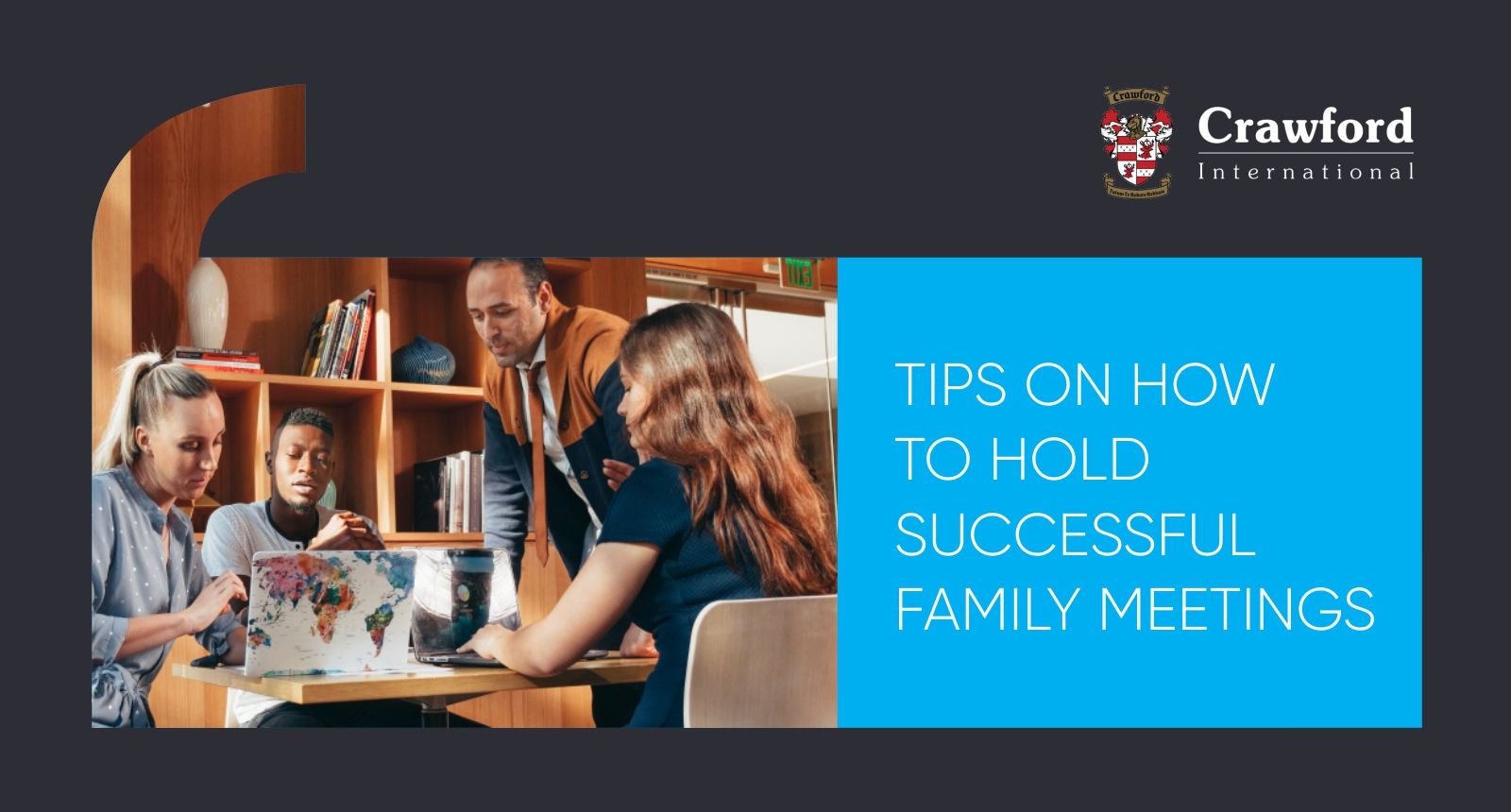
Setting up regular, intentional family discussions can be a great way to keep communication open, to bond with each member of the family, to discuss important issues, make decisions, split chores up fairly, and recognising the good things in your family unit. Plus, they can be enjoyable.
The importance of family meetings
The aim of regular family meetings is to build healthy relationships with your children. So, the family meeting is a safe place for everyone to come together in an intentional way, and helps to model healthy habits and behaviour in raising your children. The benefits of well organised and led family meetings are:
- Practising communication skills
- Learning important skills like compromise
- Overcoming challenges together
- Expressing feelings assertively
- Stronger connections by learning about each other
- Setting shared goals and achieving them
- Have fun together and appreciate each other
- Living your family’s values
How to start having family meetings
To start off with, it may feel a bit strange to hold regular structured family meetings. It will help everyone to know a bit more about why your family is going to be doing this and what to expect from them. Try to start holding family meetings when things are relatively calm in the family – doing it around a time of high tension or stress may only lead to anxiety and disagreements.
Have a bit of an intro chat with your children before the first family meeting. Let them know that you’ve learned that having weekly family meetings can really help families work together as a team, and that you’d like to start having them as a family. Let them know that this is a time when you need to have their full attention, because it’s where the whole family is making decisions together. If your kids are very young, try using a story to explain what family meetings are for. Let them ask you any questions they may have and give them age-appropriate answers that help them feel comfortable with the process.
How to have family meetings
- Set unbreakable ground rules These help to keep everyone accountable and ensure a balance of power. So, decide on a set of family meeting rules together and write them down. If anyone breaks a rule, it should be pointed out so the person knows they should change that behaviour. Examples could be:
- Each person is allowed to speak freely and without judgement.
- When someone is speaking we listen to them and we do not interrupt.
- These meetings are not a time to reprimand, punish, or shout at each other.
- Everyone is respected even when not everyone agrees.
- Family meetings are tech-free – no phones, tablets, TV or laptops.
Keep it regular. Try to have a weekly meeting time and stick to it. This doesn’t have to be long – 20 to 30 minutes is usually more than enough. If anything really big comes up between the scheduled meetings, hold an informal family meeting to address it rather than waiting.
Use an agenda. This needn’t be as formal as your school’s AGM but having an outline for what needs to be discussed helps keep things on track. It also helps to open with the same thing every time, giving your family a comfortable, expected flow to each family meeting. This could be something like going around as each family member acknowledges something positive about another family member. For example, “Son, I saw how hard you studied for that test and I’m proud of you.”
Do something fun. Spend 5 to 10 minutes in each family meeting to just enjoy each other while learning something. Incorporating some kind of trivia activity is a great way to do this: identify a current event and give each family member a chance to express their perceptions and opinions on it, or write down an interesting quote or song lyric and ask each family member to talk about what they think it means, or pick a topic out of a hat (like the importance of kindness, the pros and cons of tech, music, etc) and let each family member talk on it for a minute. This is a chance for every person to find their voice and practise being assertive, so there should be no judgement and everyone’s perspective is valid and appreciated.
Review the week. Next, spend some time talking about how your family experienced the week before. This is to help you focus on how you’re doing as a family, so ask questions like:
- What worked well in our family this week?
- What didn’t work so well in our family?
- What will we work on this week?
Many families call this the Rose and Thorns Exercise, where the positives are the roses and the negatives the thorns. From that perspective, the things to work on could be the rosebuds.
Problem-solve together. This is where the challenges and individual issues are discussed. Let h=the family member state the issue in an assertive manner – using “I statements” is helpful here. This is where you structure the problem by starting with “I feel” followed by the emotion at play (sad, angry, worried), followed by when “when” and you explain what caused the feeling, and end with “I would like it if” and explain what you’d like to happen instead.
It's also important to ask each family member their perspectives on the issue and for them to suggest solutions. This should be done calmly, respectfully, and without judgement or blame.
Then, try to come to a consensus or solution that everyone agrees to. It’s important that everyone understands what solutions are and aren’t feasible, and why. If you can’t agree, let the matter go for the family to think about as individuals and come back to it the next week.
Click here for more informative Crawford International blog articles.
